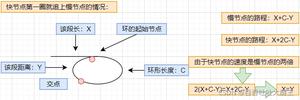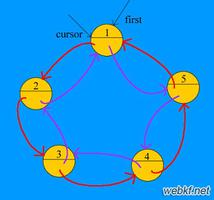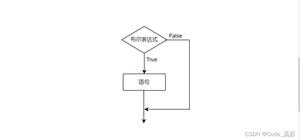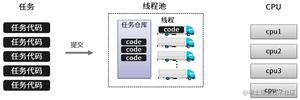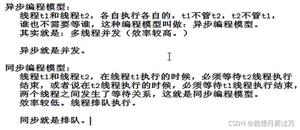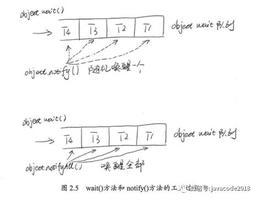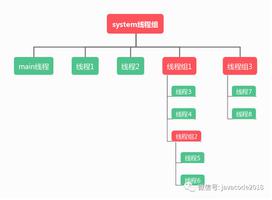java实现链表线性表

public class LinkList<T> {public class Node{
private T data;
private Node next;
public Node(){
}
public Node(T data,Node next){
this.data=data;
this.next=next;
}
}
private Node header;
private Node tail;
private int size;
public LinkList(){
header=null;
tail=null;
}
public LinkList(T element){
header=new Node(element,null);
tail=header;
size++;
}
public int length(){
return size;
}
public T get(int index){
return getNodeByIndex(index).data;
}
private Node getNodeByIndex(int index) {
// TODO Auto-generated method stub
if(index<0||index>size-1){
throw new IndexOutOfBoundsException("线性表索引越界");
}
Node current=header;
for(int i=0;i<size&¤t!=null;i++,current=current.next){
if(i==index){
return current;
}
}
return null;
}
public int locate(T element){
Node current=header;
for(int i=0;i<size&¤t!=null;i++,current=current.next){
if(current.data==element){
return i;
}
}
return -1;
}
public void insert(T element,int index){
if(index<0||index>size){
throw new IndexOutOfBoundsException("线性表索引越界");
}
if(header==null){
add(element);
}else{
if(index==0){
addAtHeader(element);
}else{
Node prev=getNodeByIndex(index-1);
prev.next=new Node(element,prev.next);
size++;
}
}
}
//采用尾插法为链表添加新节点
private void add(T element) {
// TODO Auto-generated method stub
if(header==null){
header=new Node(element,null);
tail=header;
}else{
Node newNode=new Node(element,null);
tail.next=newNode;
tail=newNode;
}
size++;
}
//采用头插法为链表添加新节点
private void addAtHeader(T element){
header=new Node(element,header);
if(tail==null){
tail=header;
}
size++;
}
public T delete(int index){
if(index<0||index>size-1){
throw new IndexOutOfBoundsException("线性表索引越界");
}
Node del=null;
if(index==0){
del=header;
header=header.next;
}else{
Node prev=getNodeByIndex(index-1);
del=prev.next;
prev.next=del.next;
del.next=null;
}
size--;
return del.data;
}
public T remove(){
return delete(size-1);
}
public boolean empty(){
return size==0;
}
public void clear(){
header=null;
tail=null;
size=0;
}
public String toString(){
if(empty()){
return "[]";
}else{
StringBuilder sb=new StringBuilder("[");
for(Node current=header;current!=null;current=current.next){
sb.append(current.data.toString()+", ");
}
int len=sb.length();
return sb.delete(len-2, len).append("]").toString();
}
}
public static void main(String[] args) {
// TODO Auto-generated method stub
LinkList<String> list=new LinkList<String>();
list.insert("aaa", 0);
list.add("bbb");
list.add("ccc");
System.out.println(list.toString());
list.insert("ddd", 1);
System.out.println(list.toString());
list.delete(2);
System.out.println(list.toString());
System.out.println("ccc在链表中的位置:"+list.locate("ccc"));
System.out.println("链表中索引2处的元素:"+list.get(2));
}}
输出结果
[aaa, bbb, ccc]
[aaa, ddd, bbb, ccc]
[aaa, ddd, ccc]
ccc在链表中的位置:2
链表中索引2处的元素:ccc
以上是 java实现链表线性表 的全部内容, 来源链接: utcz.com/z/391977.html


